The Enigmatic Screen Beauty Who Captured Two Cinematic Worlds
Rosemary Dexter isn’t a name that shows up on every “Golden Age of Cinema” list, but maybe it should. There’s something magnetic about her—something soft, mysterious, and quietly powerful. She floated between cultures, genres, and film industries with the ease of someone who never felt the need to shout to be heard. A British-born talent raised under sun-baked skies and shaped by Italy’s creative chaos, she left behind a body of work that still feels intriguing, atmospheric, and beautifully unconventional. And honestly? Her story reads like a film script all on its own.
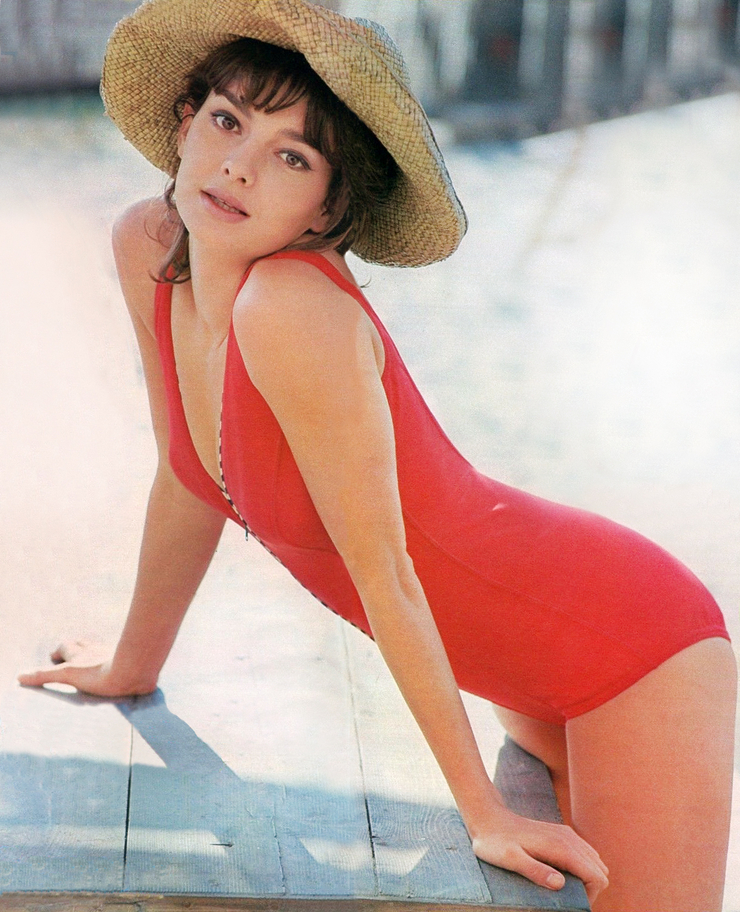
In this deep dive, we’ll wander through her early years in South Asia, her surprising entry into Italian cinema, the characters she breathed life into, the relationships that shaped her, and the quiet, bittersweet final chapter of her life. Get comfortable—her journey is a delicate mix of wanderlust, artistry, and quiet brilliance.
From Quetta Winds to Roman Sunlight: Rosemary Dexter’s Early Journey
Before Rosemary Dexter stepped into film sets and costume trailers, she was a child of many worlds. Born on July 19, 1944, in Quetta—then a British-controlled region of India—she grew up surrounded by heat, dust, and a mix of cultures. Her father, a British officer stationed abroad, embodied discipline and tradition. Her mother, with Anglo-Burmese roots, carried elegance, softness, and a touch of mystique. Their household blended British customs with Eastern rhythms, giving Rosemary a worldview far richer than her age suggested.
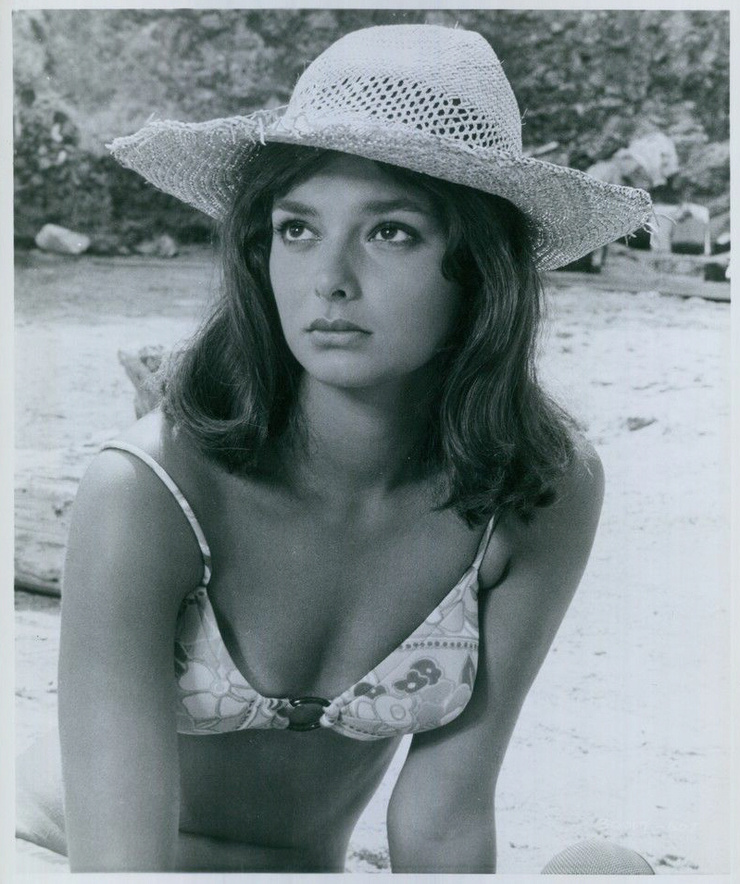
But life changed dramatically when the family relocated to Italy in the early 1950s. Imagine the shift—from colonial outposts to cobblestone streets, Renaissance facades, and Roman summers. Italy didn’t just become home; it became the canvas where Rosemary would discover who she was meant to be. Her education mixed British structure with Italian warmth, leaving her fluent in languages and comfortable in spaces where cultures collided. She didn’t chase fame at first; she simply absorbed the world around her with quiet curiosity.
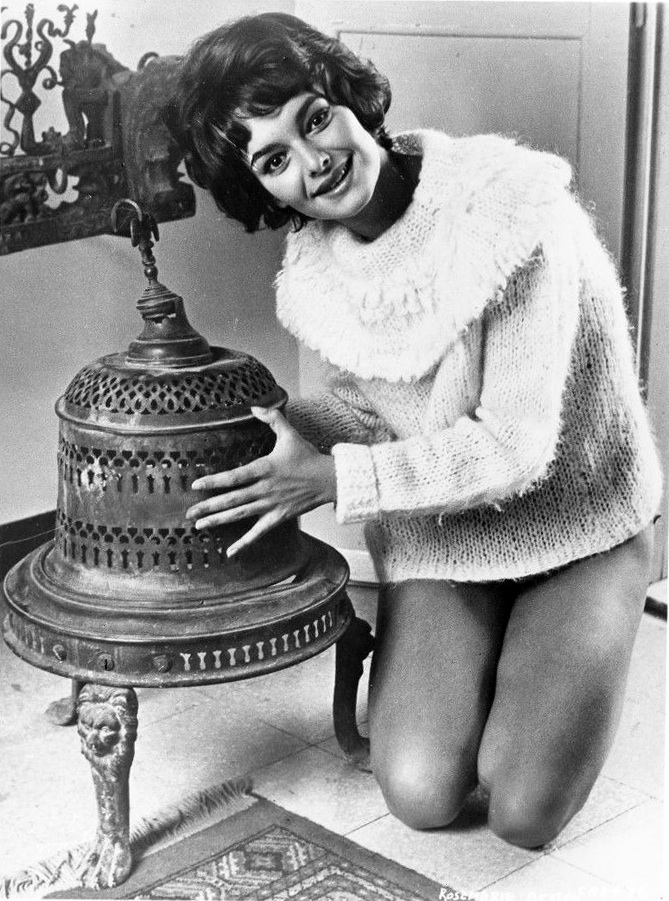
Then destiny intervened. While on what was essentially a casual Roman outing, she crossed paths with filmmaker Ugo Gregoretti. One conversation, one spark of interest, and suddenly Rosemary found herself cast in his sci-fi satire Omicron. It wasn’t planned, it wasn’t strategized—it was pure happenstance. But life works like that sometimes: one unexpected moment can tilt the entire path ahead.
Video : the beautiful Rosemary Dexter
Stepping Into Stardom: The Unexpected Rise of Rosemary Dexter
With Omicron in 1963, Rosemary Dexter officially entered the world of Italian cinema. And let’s be honest—could there be a more charming debut? She played a warm, grounded character opposite the story’s eccentric science fiction narrative, instantly catching the eye of directors who were looking for fresh faces with natural appeal. Rosemary was exactly that: fresh, expressive, and effortlessly captivating.
Roles began appearing one after another. In 1964, she stepped into the tragic world of Romeo e Giulietta, offering a tender, modern interpretation of Shakespeare’s timeless heroine. She wasn’t portraying Juliet in the traditional British sense—she infused the role with a continental elegance and emotional depth that audiences felt instantly.

By the mid-60s, she had become a reliable presence in Italian productions. She joined the cast of For a Few Dollars More, contributing to Sergio Leone’s iconic Western universe. Though her role was small, sharing screen space in such a legendary project cemented her as part of cinematic history.
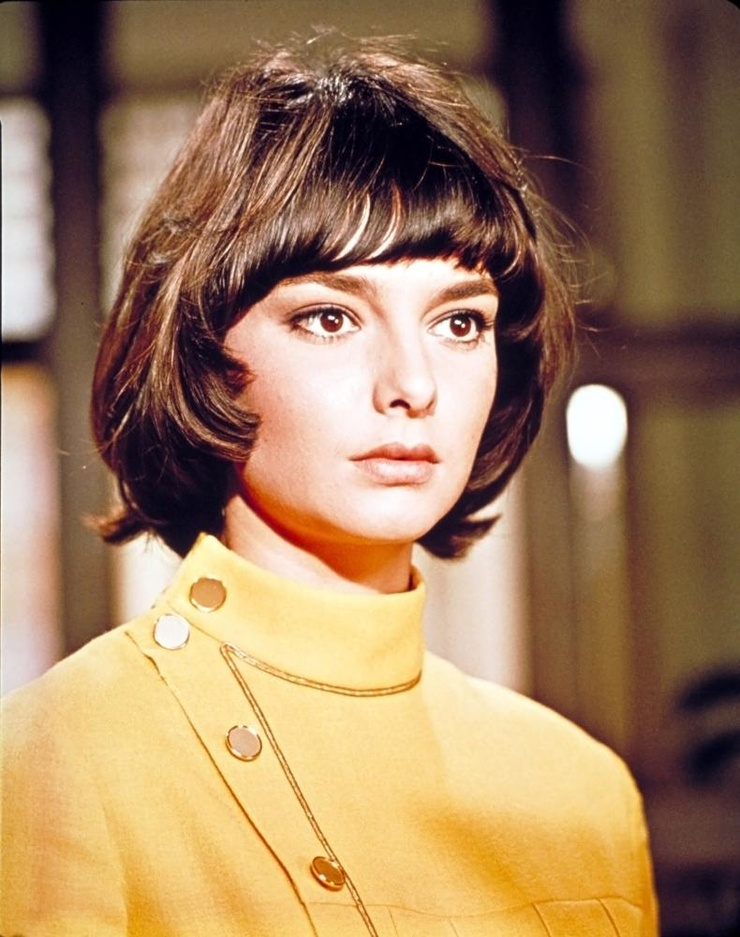
Much of her work in this period was eclectic, vibrant, and adventurous—thrillers, comedies, Westerns, and even psychological dramas. Rosemary wasn’t chasing fame; she was soaking in the experience of each set, each director, each collaboration. She became the quiet heartbeat of countless European films, the subtle presence that made viewers lean forward and pay closer attention.
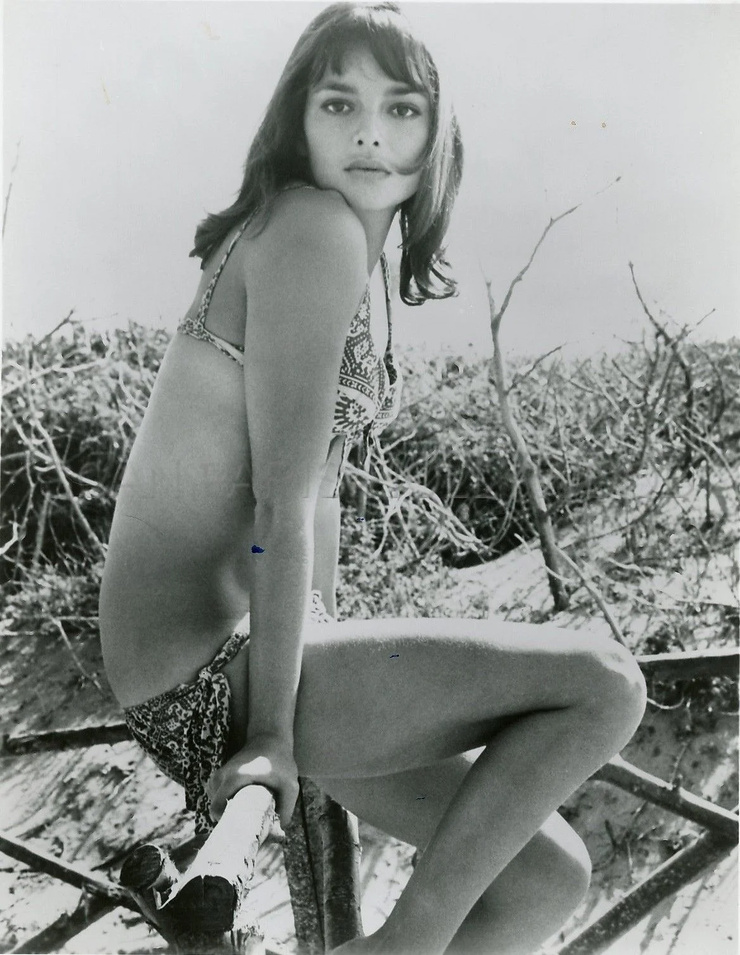
A Chameleon Among Genres: Rosemary Dexter’s Most Memorable Screen Moments
The beauty of Rosemary Dexter’s career lies in her versatility. She moved across genres like someone flipping through a favorite book—no hesitation, no fuss.
In The Shoes of the Fisherman (1968), she appeared alongside giants like Anthony Quinn, bringing a refined, worldly energy to her scenes. In Vendetta for the Saint (1969), she shared the screen with Roger Moore, matching his suave charisma with serene composure.
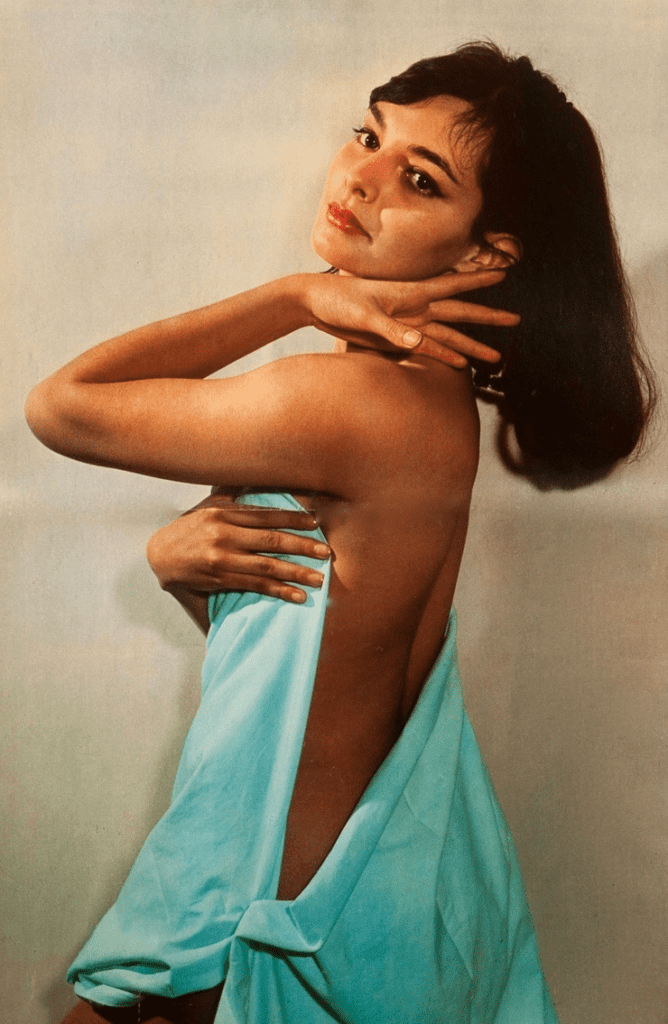
Then came her unforgettable plunge into the world of Italian thrillers. In Eye in the Labyrinth (1972), Rosemary delivered one of her most intense performances, navigating a story drenched in psychological tension and surreal imagery. She carried the role with an almost dreamlike fragility, proving she could command a film’s emotional core when given the space.
Whether she played a sensitive ingénue, a mysterious stranger, or a woman quietly battling inner storms, Rosemary brought depth and authenticity. She didn’t over-act. She didn’t dramatize. She simply existed in her characters, and that subtlety made her spellbinding.
Video : Rosemarie Dexter – Biografia
Behind the Curtain: Love, Friendship, and the Woman Off-Screen
While many actresses of her time found themselves pulled into the whirlwind of publicity, Rosemary Dexter remained an enigma. She guarded her personal life with a strength not always seen in show business. Few confirmed romances ever made headlines, though whispers circulated about gentle, private relationships with industry figures. She preferred intimacy over spectacle, connection over attention.

Friends described her as warm, thoughtful, and deeply artistic. She loved sketching landscapes, reading voraciously, and traveling with quiet purpose. Italy was her soul’s home, but she carried traces of her British and Burmese heritage wherever she went—blending them into an identity uniquely her own.
She never married publicly, never sought the approval of Hollywood gossip mills, and never tried to mold herself into a typical starlet. Instead, she lived softly, intentionally, and independently.

A Final Retreat: Rosemary Dexter’s Quiet Life in Recanati
By the time the 1970s winded down, Rosemary stepped away from the screen. Not because she lacked opportunities—but because she wanted a different kind of life. She settled in Recanati, a serene Italian hillside town known for poetry, tranquility, and a slower pace of living.
Her days filled with painting, long walks, and deep conversations with close friends. She embraced a life far from the noise, trading film sets for markets, scripts for sketchbooks, and fame for peace.
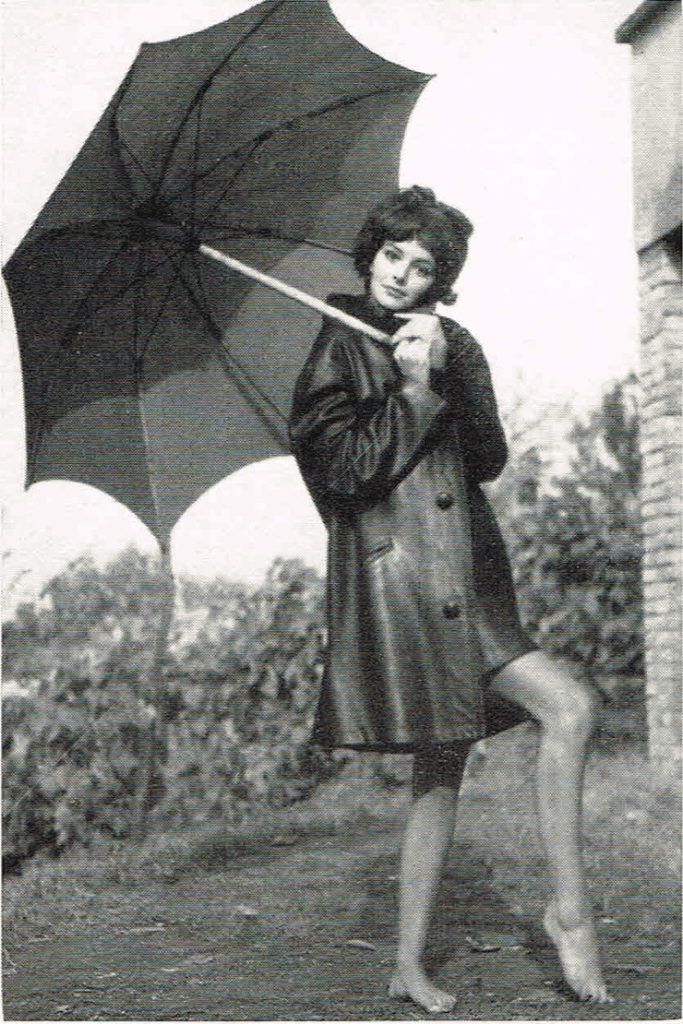
On September 8, 2010, at the age of 66, Rosemary Dexter passed away quietly in her Recanati home. Friends found her after she missed a meeting—proof of how gently and privately she lived until the very end. The cause linked back to an illness she had endured for some time.
Her departure was soft, calm, and as understated as the way she moved through life.
A Lasting Glow: The Enduring Allure of Rosemary Dexter
So what do we make of Rosemary Dexter’s legacy? She wasn’t the loudest star, the most public figure, or the one chasing red carpets. But she left something just as valuable: a trail of thoughtful performances, a cross-cultural identity that enriched her roles, and a personal story full of quiet courage.
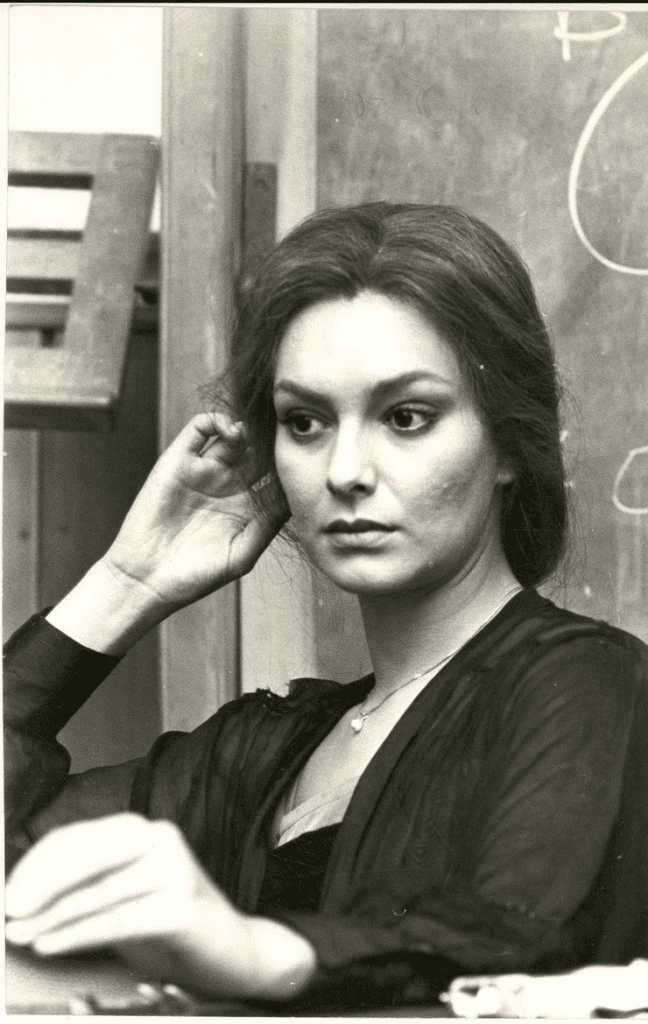
She proved that not all stars blaze; some shimmer—consistently, gently, and beautifully.
Her journey reminds us that a meaningful life isn’t measured by headlines or applause. Sometimes it’s found in the subtle moments, the quiet choices, and the art we leave behind. And Rosemary Dexter left behind a glow that hasn’t dimmed—only deepened.
What part of her journey resonates with you the most?